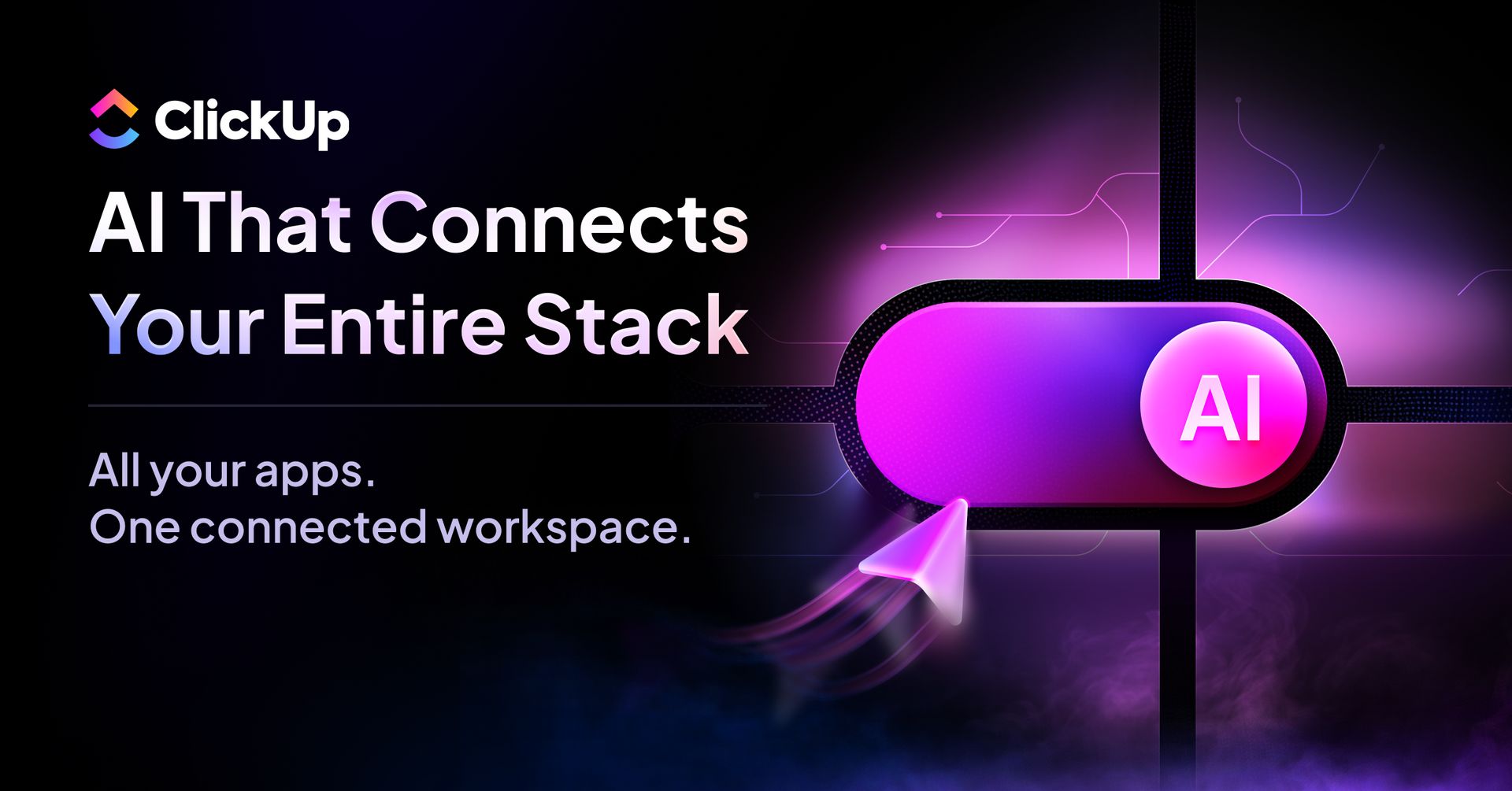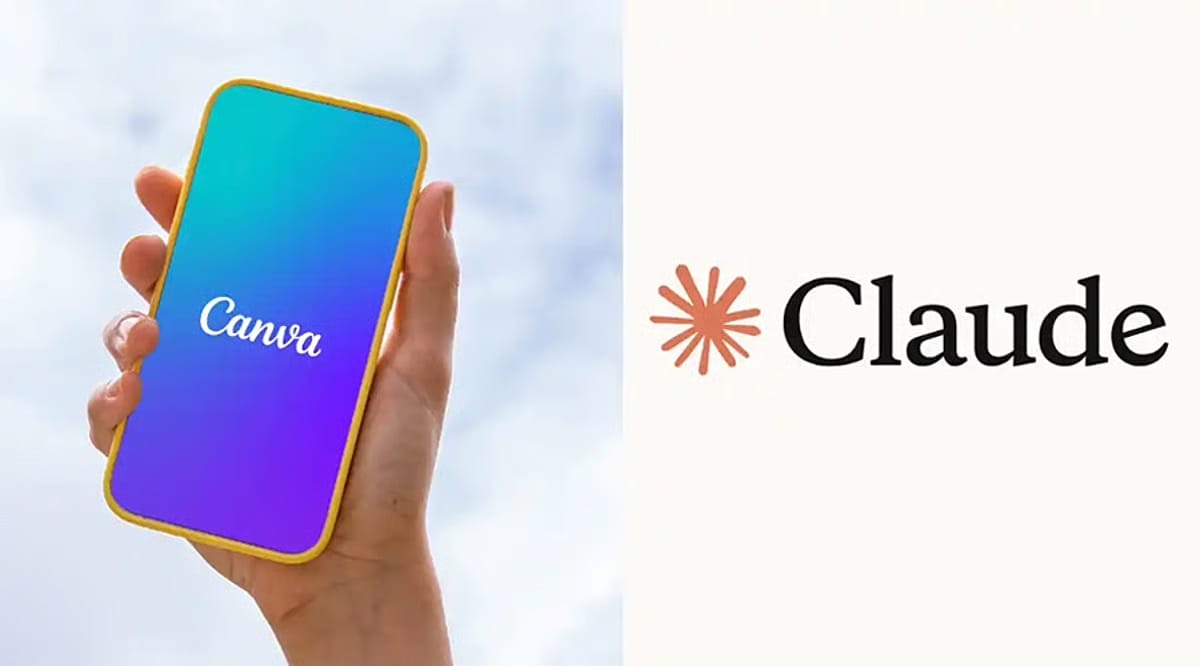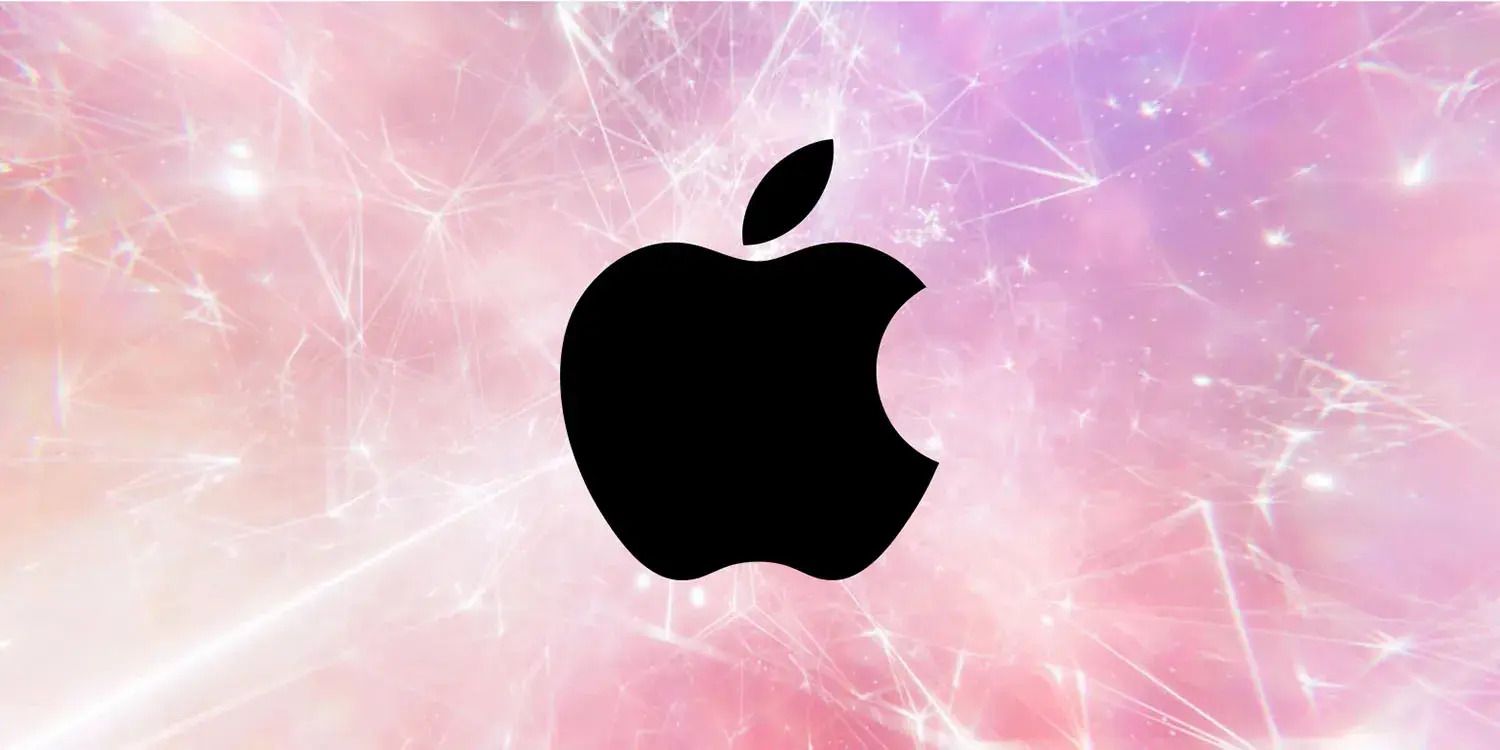- Creative Automation
- Posts
- Apple's AI Training Secrets Revealed
Apple's AI Training Secrets Revealed
PLUS: Why Wikidata Powers Tomorrow's AI
If we're already knee-deep in AI wizardry that's turning words into visuals and facts into fortresses against hallucinations, just picture the smorgasbord of silicon shenanigans still bubbling in the lab. Every week, we sift through the hype to serve up the juicy bits with a wink and a nudge, reminding you that for every breakthrough, there's a "but wait, there's more" moment that might just make you chuckle—or cringe.
In this week's menu:
🎨 Claude AI becomes Canva's chatty design wingman
🍏 Apple's AI training secrets: Less sorcery, more smart shortcuts
🗂️ Wikidata: The open-source brain trust saving AI from its own fibs
🎶 Spotify's ghostly AI tunes resurrecting dead artists (and raising eyebrows)
🔍 + 5 handpicked tools for the curious
P.S. Move this email to your primary inbox to ensure you see optimal delivery.
First time reading? Sign up here.
Sponsor
The Only AI That Knows All Your Work
Most AI tools start from scratch every time. ClickUp Brain already knows the answers.
It has full context of all your work—docs, tasks, chats, files, and more. No uploading. No explaining. No repetitive prompting.
ClickUp Brain creates tasks for your projects, writes updates in your voice, and answers questions with your team's institutional knowledge built in.
It's not just another AI tool. It's the first AI that actually understands your workflow because it lives where your work happens.
Join 150,000+ teams and save 1 day per week.
AI
AI's New Design Sidekick Hits Canva
Claude AI is now playing matchmaker between your words and Canva's design tools. The new integration lets you create entire presentations, posters, and social media graphics just by chatting—no more fumbling through Canva's interface like a digital tourist.
Simply tell Claude what you need ("Make me a pitch deck that won't put investors to sleep"), and it conjures up fully-formed designs faster than you can say "graphic design is my passion." Need tweaks? Just ask conversationally.
The partnership requires both Canva Pro and Claude Pro subscriptions, so your wallet takes a double hit. But for the chronically design-challenged who break out in hives at the sight of a color wheel, the convenience might justify the cost.
Tech
AI Under the Hood: Apple's Training Tricks
Apple just lifted the curtain on how they trained their shiny new AI models, and it's less "magic" and more "clever engineering compromises." Their on-device model is essentially split into two blocks—think of it as hiring one full-time employee and another part-timer who shows up without their laptop.
Their cloud model uses a fancy "Parallel-Track Mixture-of-Experts" architecture, which is basically like having specialized teams who only wake up when their specific expertise is needed. "Hey Bob, this prompt's about cooking. The rest of you can keep napping."
They've also boosted multilingual support by 275%, meaning Apple Intelligence might finally understand you even if you're not speaking American English.
Data sources? Mostly web crawling, some licensed content, and some "synthetic data" (which is not just AI making stuff up, thank you very much).
Tech
Wikidata: AI's Unsung Knowledge Hero
Picture this: a massive, freely editable database quietly powering Wikipedia, AI assistants, and enterprise projects that most people have never heard of. That's Wikidata for you—the awkward middle child of the internet with over 1.3 billion structured facts just waiting to be used.
While tech giants scramble to build proprietary knowledge bases, Wikidata's been sitting there like "I've got all this free data, no strings attached" with its shiny new API making developers swoon. From fact-checking political claims in São Paulo to mapping healthcare facilities in India, this open knowledge graph is the backbone nobody talks about.
Its Embedding Project aims to solve AI hallucinations by grounding systems in verified facts. Who knew saving AI from itself could be so democratic?
Ethics
AI Resurrects Dead Musicians on Spotify
Spotify recently had to pull an AI-generated country song falsely attributed to Blaze Foley, who died in 1989. The track "Together" appeared on Foley's official artist page with full credits and copyright information, looking like a legitimate release. A similar fake attributed to the late Guy Clark was also removed.
Unlike the countless openly AI-generated tracks on Spotify, these songs weren't labeled as AI creations but deceptively embedded into deceased artists' discographies through TikTok's SoundOn distribution service.
This musical necromancy highlights the growing challenge platforms face in catching synthetic content. With AI tools like Suno making song creation effortless, we're witnessing a concerning trend where digital gravediggers can essentially puppeteer dead artists for streaming profits.
Trending
AI Tools of the Week
✉️ Meco - LINK
Keep your inbox organised with AI
📝 Checklist Genie - LINK
Create sharable checklists with just your voice & AI
🧮 Cognigauge - LINK
The universal dashboard for your brain
📄 OCRMD - LINK
Convert images & pdfs to editable Markdown & LaTeX
🧠 Discursa - LINK
Every question deserves more than one mind
Sponsor
Start learning AI in 2025
Keeping up with AI is hard – we get it!
That’s why over 1M professionals read Superhuman AI to stay ahead.
Get daily AI news, tools, and tutorials
Learn new AI skills you can use at work in 3 mins a day
Become 10X more productive
Thanks for stopping by!
Have some feedback or want to sponsor this newsletter?
BTW - I keep my inbox organized in Meco, game changer for inbox sanity




